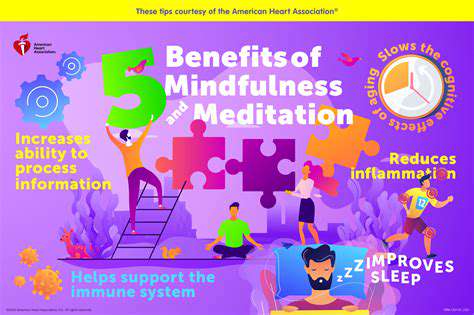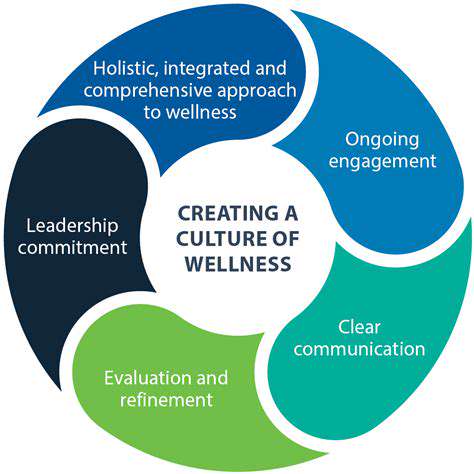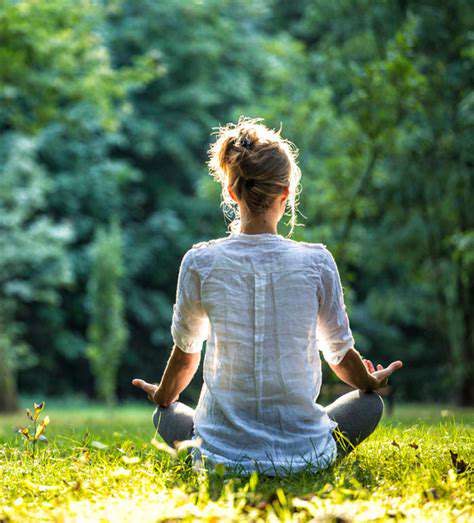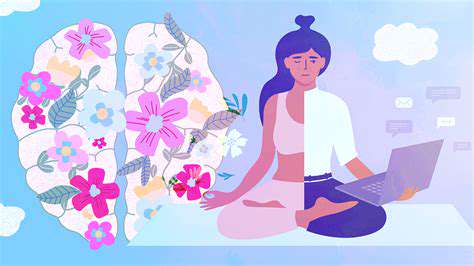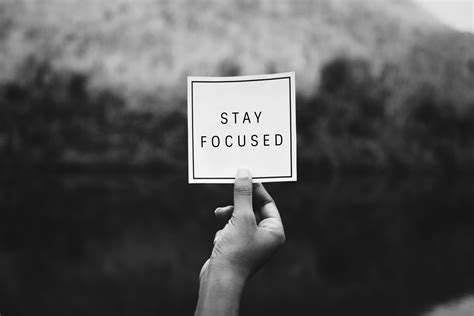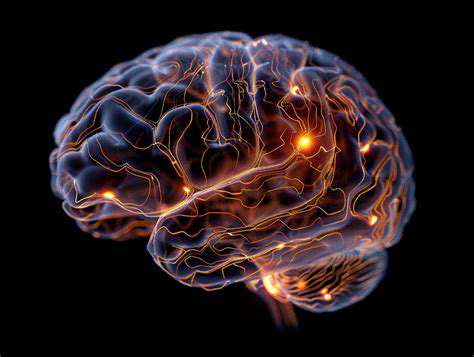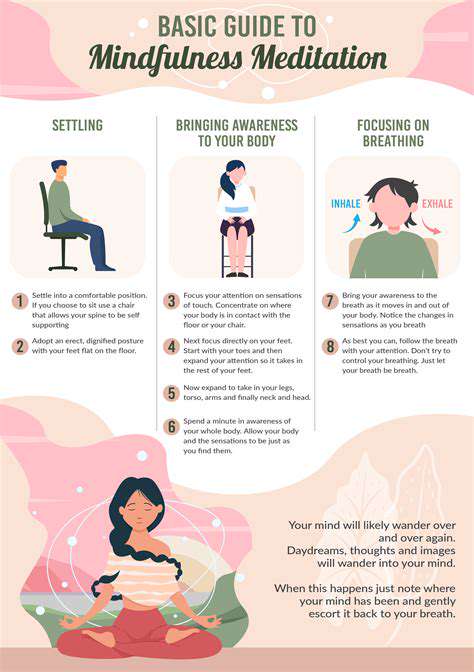Effective Mindfulness Practices for Everyday Life
Introduction to Mindfulness
Understanding Mindfulness
Mindfulness is the practice of being fully present and engaged in the moment without judgment. It involves observing your thoughts and feelings without getting caught up in them. This awareness can lead to deeper self-understanding and a greater appreciation for life's experiences.
Historically rooted in Buddhist traditions, mindfulness has gained traction in modern psychology. Researchers have explored its effectiveness in reducing stress, anxiety, and depression. By cultivating mindfulness, individuals can learn to navigate life’s challenges with greater ease.
Mindfulness is not about eliminating thoughts or feelings; it’s about acknowledging and embracing them. This acceptance can alleviate struggles with negative emotions and foster a sense of calm amidst chaos.
Incorporating mindfulness into daily life doesn’t require significant time or changes. Simple practices can significantly shift your mental landscape, enhancing overall well-being.
Benefits of Mindfulness
The benefits of mindfulness extend beyond mental health. Regular practice can improve emotional regulation, enhance focus, and boost cognitive flexibility. As individuals become more aware of their automatic reactions, they can choose more constructive responses.
Research indicates that mindfulness meditation can lead to physical health benefits as well, such as lowering blood pressure, improving sleep, and even boosting the immune system. When the mind is at peace, the body often follows suit.
Additionally, practicing mindfulness can enhance interpersonal relationships. By being more present and attentive, individuals can communicate more effectively and foster deeper connections with others.
Overall, the cumulative effects of mindfulness can lead to a more fulfilling and enriched life, making it a beneficial practice for people of all ages and backgrounds.
Simple Mindfulness Techniques
There are numerous ways to practice mindfulness daily. One of the simplest methods is mindful breathing, where you focus on your breath. This practice can be done anywhere and helps anchor your attention to the present moment.
Another effective technique is body scanning, where individuals mentally note sensations throughout their body. This practice promotes relaxation and enhances body awareness, often revealing areas of tension or discomfort.
Mindful walking is another accessible way to bring mindfulness into your routine. While walking, pay attention to the sensations in your feet and legs, the rhythm of your breath, and the sights and sounds around you. This transforms a mundane activity into a rich, grounding experience.
Journaling can also be a wonderful mindfulness exercise. By writing down your thoughts and feelings without self-censorship, you gain insights into your emotional landscape and foster self-compassion.
Incorporating Mindfulness into a Busy Schedule
Many people believe that they lack the time to practice mindfulness regularly. However, even short moments throughout the day can be beneficial. Consider dedicating a few minutes in the morning or before bed for focused mindfulness practice.
Mindfulness can also be integrated into daily tasks. For instance, when washing dishes, focus on the sensations of the water, the smell of the soap, and the movement of your hands. This turns routine chores into opportunities for mindfulness.
You can also set reminders throughout the day to take mindful pauses. These can be brief moments where you check in with your breath, observe your surroundings, or engage in deep, reflective thinking. It’s about making mindfulness a habit.
With commitment and creativity, mindfulness can become woven into the fabric of your daily life, transforming how you experience each moment, no matter how busy or routine.
The Benefits of Mindfulness Practice
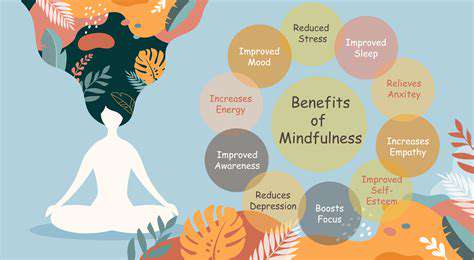
The Psychological Benefits
Mindfulness practice has been shown to significantly reduce levels of stress and anxiety. This reduction allows individuals to experience a greater sense of calm and clarity in their lives. By focusing on the present moment, practitioners can detach from worries about the past or future, leading to improved mental well-being.
Regular mindfulness practice can enhance emotional regulation, helping individuals respond to challenges more effectively. This includes navigating difficult emotions without being overwhelmed. As a result, many find themselves experiencing more positive emotions and less reactivity.
Additionally, mindfulness can improve concentration and attention span. It trains the mind to focus on one task at a time, which is particularly helpful in our distraction-filled world. As we cultivate mindfulness, we begin to notice an increase in productivity and creativity.
People who practice mindfulness often report heightened self-awareness, which can lead to better decision-making and relationship management. Understanding our thoughts and feelings allows for more thoughtful interactions with others. Importantly, this awareness can also promote self-compassion and empowerment.
Finally, those who commit to mindfulness practices often sleep better. Better sleep quality contributes to overall health and can mitigate the effects of chronic stress on the body. This restorative sleep further enhances emotional and psychological well-being.
Physical Benefits of Mindfulness
Mindfulness practice is associated with various physical health benefits, including reduced blood pressure. Regular practice can enhance heart health, which is crucial in maintaining overall body function. Many studies have shown that individuals who engage in mindfulness experience improved cardiovascular health.
Additionally, mindfulness has been linked to pain relief. By focusing on breath and present sensations, practitioners can disrupt the cycle of pain and anxiety. This approach helps in managing chronic pain conditions more effectively.
Engaging in mindfulness exercises can also boost the immune system. Stress is known to weaken immunity, but practicing mindfulness can counteract this effect. As a result, practitioners may experience fewer illnesses and recover more quickly when they do fall sick.
Furthermore, individuals who practice mindfulness often report higher levels of energy and vitality. Better energy management can lead to improved performance in both professional and personal settings. Thus, integrating mindfulness into daily routines can help optimize energy expenditure.
Lastly, mindfulness encourages healthier lifestyle choices. Individuals may become more attuned to their body's needs, which often results in improved dietary practices and regular exercise. This holistic approach to well-being fosters a healthier, more balanced lifestyle.
Simple Mindfulness Techniques to Try
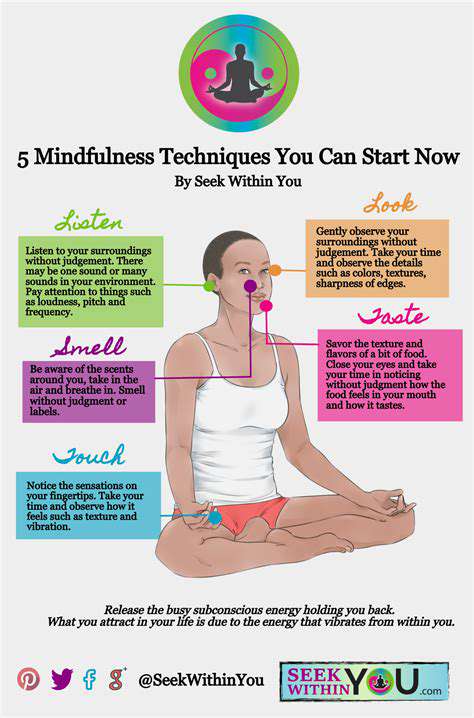
Breathing Exercises
One of the simplest yet most effective mindfulness techniques is focusing on your breath. By taking a few moments each day to concentrate on inhaling and exhaling, you can ground yourself in the present moment.
This practice not only calms the mind but also enhances your overall well-being. You can practice deep breathing anywhere, making it a versatile tool for managing stress and anxiety.
Body Scan Meditation
Body scan meditation is another powerful mindfulness technique that helps increase body awareness. This practice involves mentally scanning your body from head to toe, paying attention to sensations, tension, or relaxation.
By fostering a deep connection between mind and body, body scan meditation encourages relaxation and self-acceptance. Practicing this regularly can lead to improved self-awareness and emotional resilience.
Mindful Walking
Transformation of a daily routine like walking into a mindful practice can be highly beneficial. When you walk mindfully, focus on the sensations of your feet touching the ground and the rhythm of your breathing.
This practice helps cultivate an awareness of your surroundings, allowing you to appreciate the little details that often go unnoticed. It transforms a simple activity into a powerful exercise in mindfulness.
Gratitude Journaling
Journaling about things you are grateful for can significantly shift your mindset. Taking the time to reflect on positive experiences helps instill a sense of appreciation and contentment in your life.
Gratitude journaling not only promotes mindfulness but also helps to combat negativity. It encourages you to focus on the good, which can be a transformative practice in difficult times.
Mindfulness in Daily Activities
Incorporating mindfulness into daily activities, such as eating or washing dishes, can greatly enhance your present-moment awareness. When eating, for instance, take each bite slowly, savoring the flavors and textures.
This practice helps cultivate an appreciation for your food and encourages healthy eating habits. By being mindful in everyday tasks, you can transform routine moments into opportunities for deeper connection to the present.
Incorporating Mindfulness into Daily Life
Simple Techniques to Begin Your Mindfulness Journey
Starting your mindfulness practice can feel overwhelming, but it doesn’t have to be complicated. Simple techniques can help ease you into the practice and make it a part of your daily routine. One effective way is to dedicate even just a few minutes each day to focus on your breath. This helps anchor your mind and provides a moment of calm amidst the chaos of daily life.
Another approach is to integrate mindfulness into ordinary activities, such as eating or walking. When you eat, try to focus entirely on the experience—notice the flavors, textures, and aroma of your food. Similarly, when walking, pay attention to the sensations of your feet touching the ground and the rhythm of your movements. These practices help cultivate a mindful awareness that can enrich your everyday experiences.
Mindfulness can also be practiced through guided meditation. Using apps or online resources can provide structured sessions that help you focus and stay committed. Set aside a specific time daily, and commit to being present during these sessions. The guidance can help keep you focused, especially in the beginning stages of your practice.
Lastly, journaling can be an effective mindfulness technique. Taking a few minutes each day to write about your thoughts, feelings, and experiences can provide clarity and enhance self-awareness. This practice allows you to reflect on your day and develop a deeper understanding of your emotions and reactions.
Creating a Mindful Environment at Home
Your surroundings can significantly impact your ability to practice mindfulness. Creating a mindful environment at home can foster tranquility and encourage your practice. Start by decluttering spaces where you spend a lot of time. A clean, organized environment can reduce distractions and create a calming atmosphere conducive to mindfulness.
Incorporating elements of nature into your living spaces is another effective way to enhance mindfulness. Plants, natural light, and earthy colors can create a soothing vibe that encourages relaxation. Try to designate a specific area in your home for meditation or reflection—this space can be your personal retreat, free from distractions.
Consider using calming scents such as essential oils or candles to further enhance your environment. Aromatherapy can help soothe the mind and body, making it easier to slip into a state of mindfulness. Scents like lavender, chamomile, or sandalwood have been shown to promote relaxation and stress relief.
Finally, incorporate mindful reminders into your environment. This could be in the form of sticky notes with positive affirmations or mindfulness prompts placed in visible areas. These reminders can help keep you grounded in the present moment throughout the day, encouraging you to pause, breathe, and practice mindfulness whenever needed.
